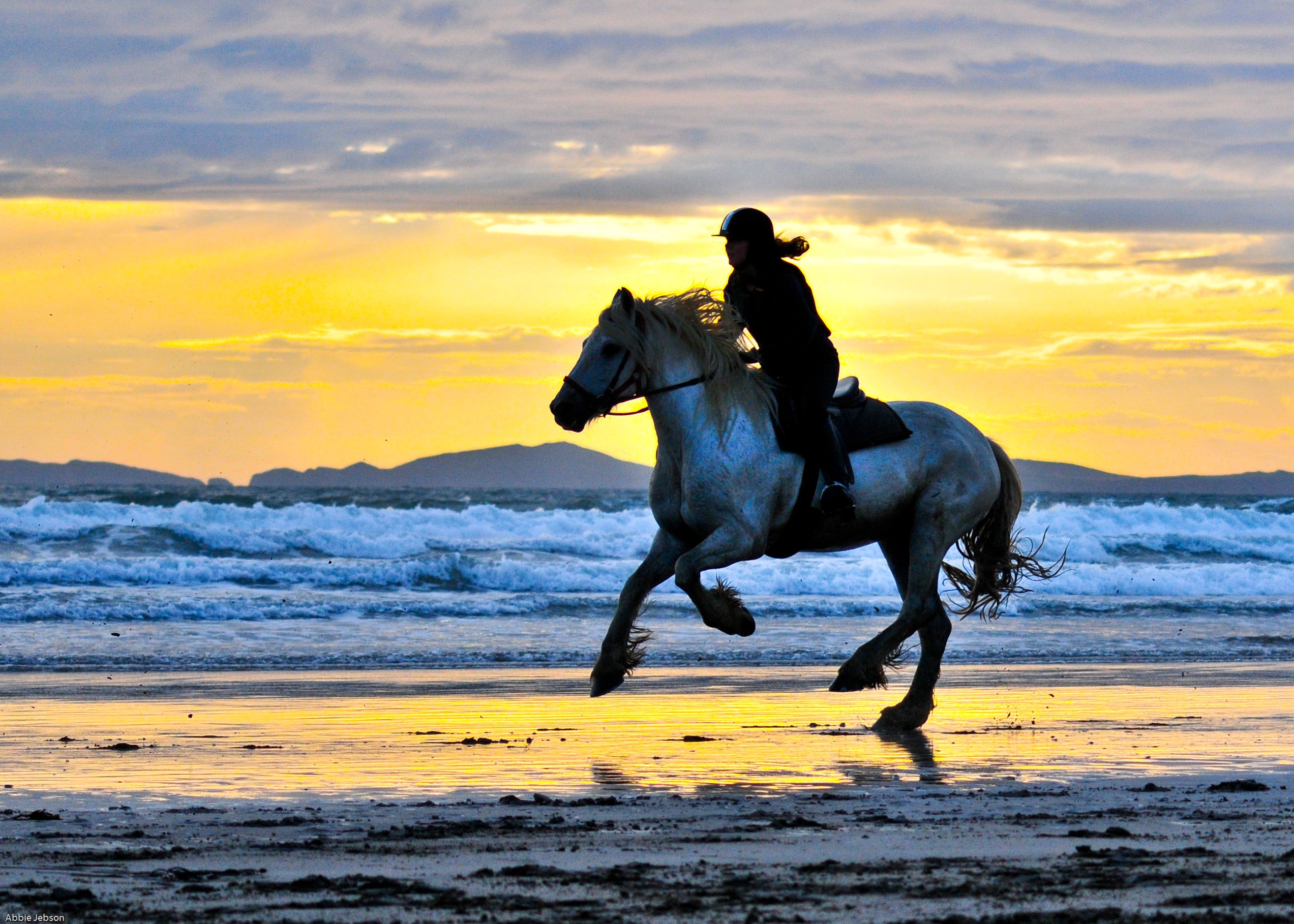C is for Canter
For me canter again conjures up flash backs to my very early riding days at Mary Bowler’s Horse Riding School in Formby. Once off the lead rein and having mastered rising trot the next great milestone was learning to canter. Now most of those riding school ponies knew a trick or two and the majority had honed to perfection a ridiculously fast and bouncy trot which they employed with relish as it was their turn to ‘canter’ to the rear of the ride! So let me give you a tip, as it is your turn to canter make sure you are prepared! For those horse riders reading this, you will already know that walk is a rather swaying movement; a friend of mine once likened it to like being cast adrift in a boat on a lake! Trot is a distinctive two time beat which similar to all two time beats is great when you are in time but the dub step version can be somewhat less comfortable. Canter on the other hand is remarkably smooth, so although people worry about their first canter on account of the increase of speed, you really needn’t worry, if you have manager to sit on a fast and bouncy trot cantering will be a piece of cake!
It is interesting to study how horses move their legs in each ‘gait’. Walk has a four time beat with each leg being moved individually. Trot, as mentioned, has a two time beat as the horse springs from one diagonal pair to the other. Rather unusually canter is a three time beat, the sequence of footfalls depends on whether you are describing a circle to the left or to the right. If the circle is to the right, your right hand will be on the inside of the circle and this is called the right rein. In this instance the footfalls are left or near hind, then right or off hind and left or near fore together and then right or off fore. Just to make things even more complicated when you refer to left and right in the horse world you actually call this near or off – a simple way to remember this is ‘right-off!’
So now you understand near and off, how many beats there are in walk, trot and canter and the sequence of footfalls in these gaits. One more observation is that a canter should always be united and not disunited! The canter is said to be disunited when the leading hind leg appears to be on the opposite side to the leading foreleg (uncomfortable to say the least!) Finally canter can be true or counter, a true canter is when the third beat (the fore leg) is towards the inside of the circle whilst counter canter is when the third beat (the fore leg) is towards the outside of the circle.
Phew, that makes it seem quite complicated but in fact it is the smoothest of paces and well worth mastering as cantering along a sandy beach with the smell of salt in your nostrils and a breeze on your face is magical!
